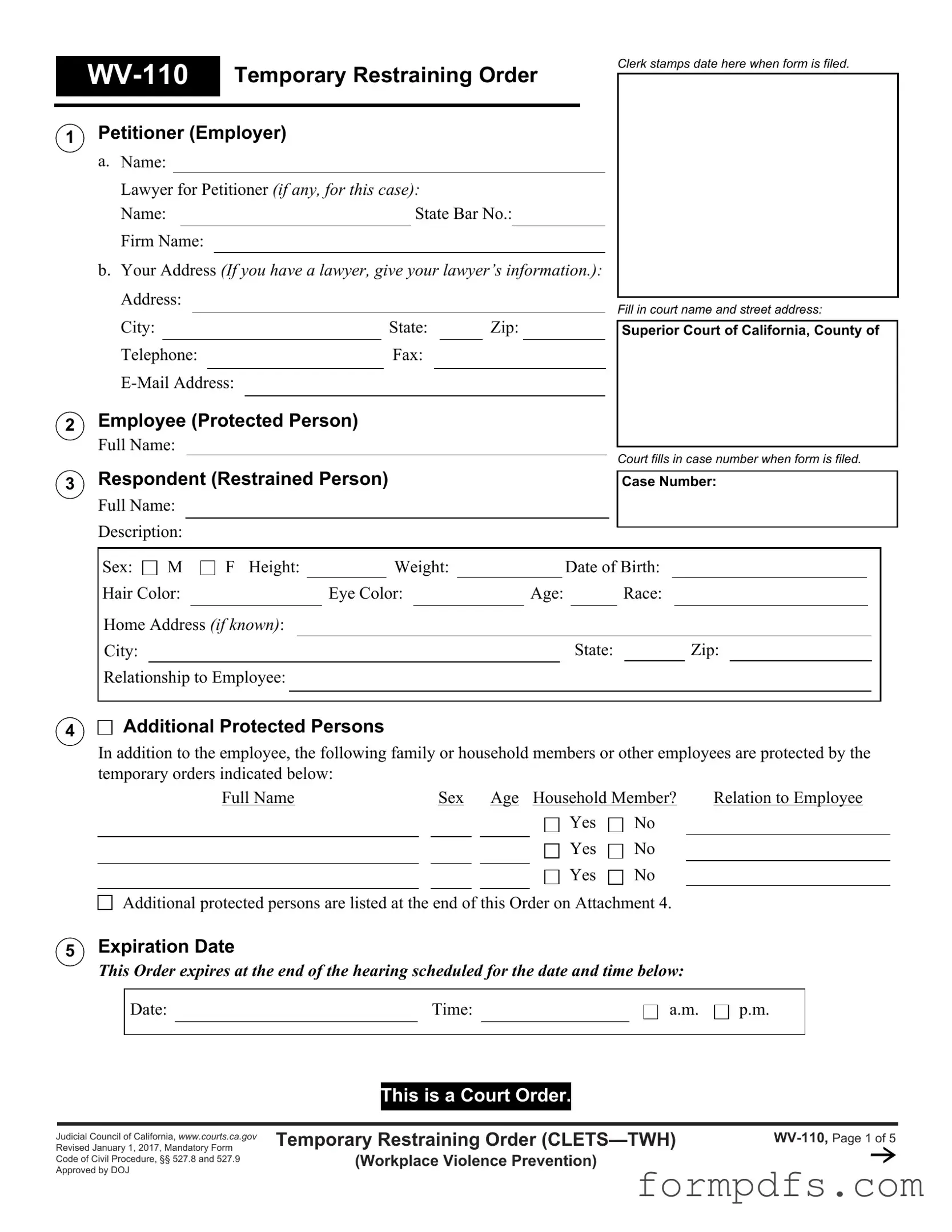What is a Fake Restraining Order form?
A Fake Restraining Order form is a document that imitates a legitimate restraining order but is not legally valid. It may be created with the intent to deceive or manipulate others. Using or presenting a fake restraining order can lead to serious legal consequences, including criminal charges.
How can I identify a Fake Restraining Order?
Identifying a fake restraining order can be challenging. Look for inconsistencies in the document, such as incorrect court names, missing signatures, or unusual formatting. Additionally, verify the order with the court that supposedly issued it. If the court has no record of the order, it is likely fake.
What are the consequences of using a Fake Restraining Order?
Using a fake restraining order can result in criminal charges, including fraud or forgery. Penalties may include fines, imprisonment, or both. Furthermore, the individual who is deceived may pursue civil action for damages, which could lead to additional financial repercussions.
Can I report a Fake Restraining Order?
Yes, you can report a fake restraining order to law enforcement. Provide them with any evidence you have, such as copies of the document and any communication related to it. Law enforcement can investigate the matter further and take appropriate action against the person responsible for creating the fake order.
What should I do if I receive a Fake Restraining Order?
If you receive a restraining order that you believe is fake, do not comply with it. Instead, contact a lawyer immediately for advice. They can guide you on how to challenge the order and protect your rights. It is also advisable to notify law enforcement about the situation.
How can I protect myself from Fake Restraining Orders?
To protect yourself, maintain clear records of all interactions with individuals who may pose a threat. If you feel unsafe, consider obtaining a legitimate restraining order. Consult with legal counsel to ensure that you understand your rights and the legal process involved.
What steps should I take if I am accused of using a Fake Restraining Order?
If you are accused of using a fake restraining order, seek legal representation immediately. A lawyer can help you navigate the legal system, defend your rights, and address any accusations. It is crucial to gather evidence that supports your position and to respond to the allegations promptly.
